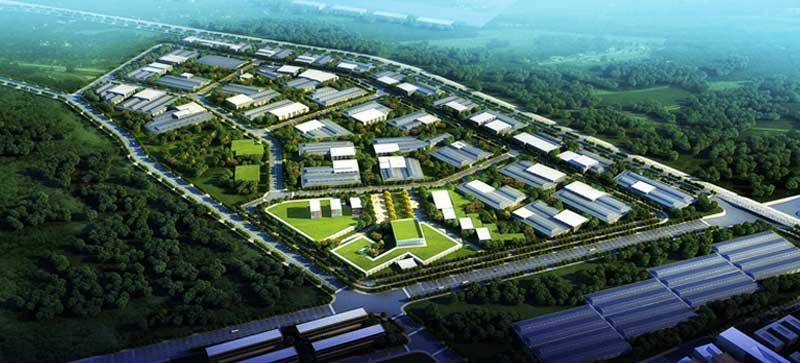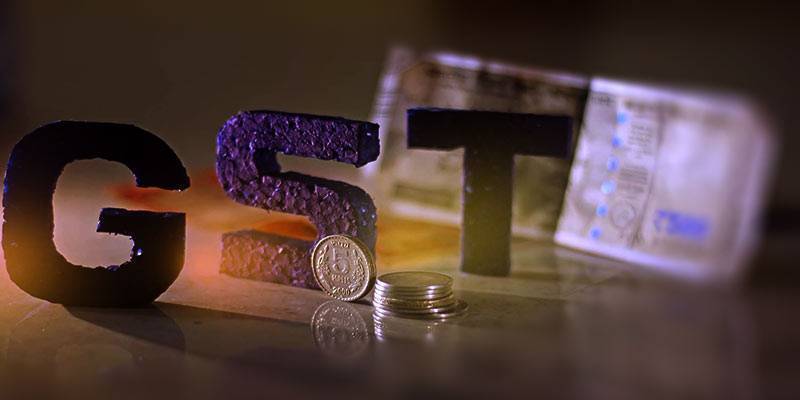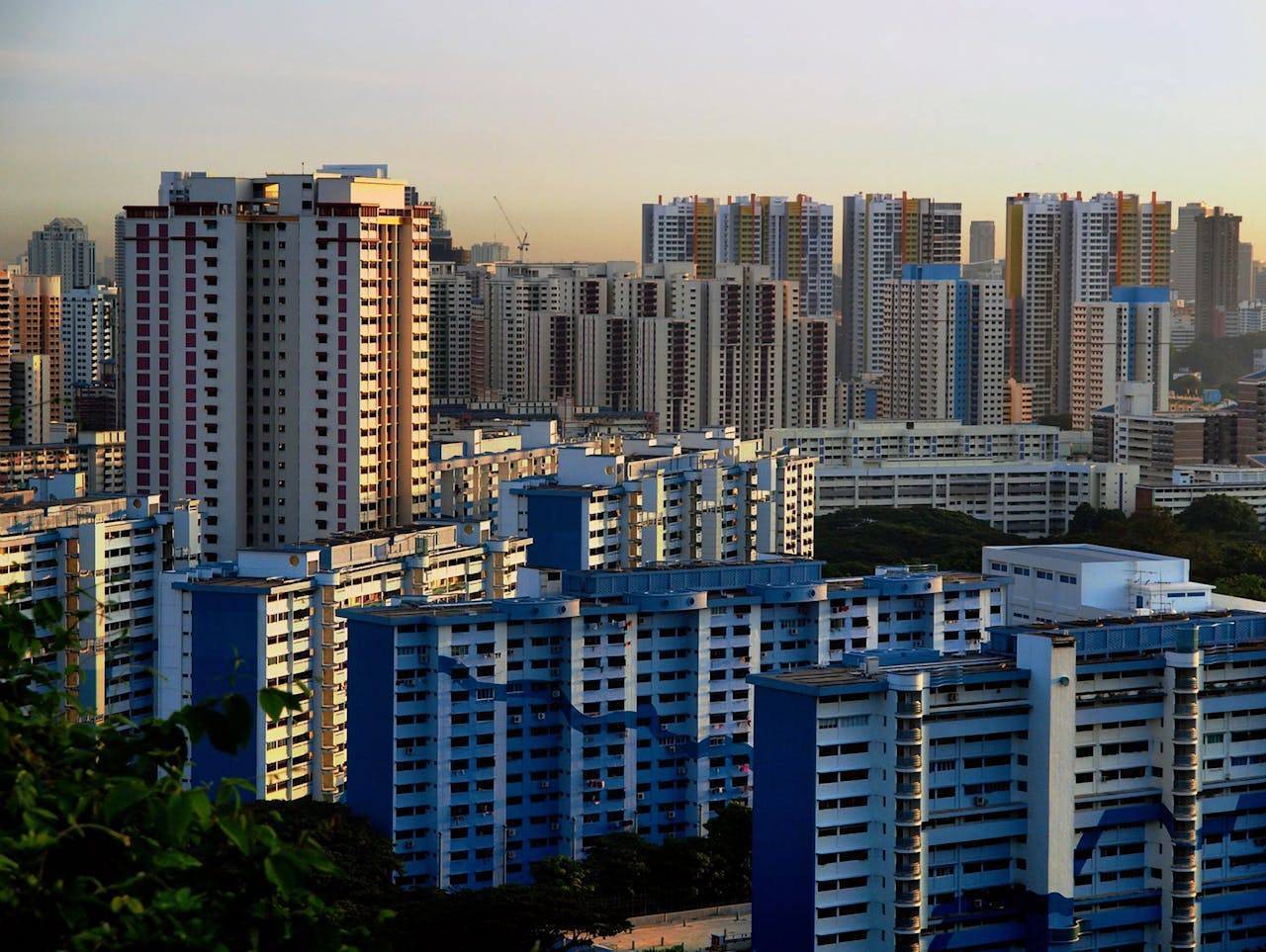UltraTech Cement has commissioned a 7.5 MW round-the-clock (RTC) hybrid renewable energy project at its Sewagram Cement Works in Gujarat. The project integrates solar power, using bifacial modules with trackers, with wind energy and battery storage, all co-located on-site. This system provides continuous energy for cement manufacturing operations without relying on the conventional power grid. The project was implemented in partnership with clean energy solutions provider Gentari.
Installed as a behind-the-meter solution, this project is India’s first of its kind in the industrial sector, designed to supply uninterrupted energy for on-site operations. The hybrid system combines multiple renewable sources with battery storage, allowing UltraTech to optimize both energy costs and carbon emissions. The integrated setup demonstrates the potential of system-level engineering to ensure stable, clean energy supply for heavy industrial processes.
UltraTech’s initiative aligns with its broader sustainability and decarbonisation goals. The company has committed to achieving Net Zero emissions by 2050 and is actively increasing the share of renewable energy in its operations. In FY25, UltraTech became one of the first industrial companies in India to commission 1 GW of renewable energy capacity for captive use. The Sewagram project marks another step toward this target by demonstrating the feasibility of hybrid renewable systems for large-scale industrial operations.
Through this project, UltraTech aims to increase the proportion of green energy in its total power mix to 65% by 2027 and 85% by 2030. The initiative also forms part of the company’s RE100 commitment, under which UltraTech plans to meet 100% of its electricity demand from renewable sources by 2050.
The Sewagram hybrid project provides a model for other industrial operators looking to adopt sustainable energy practices. By combining solar, wind, and battery storage on-site, UltraTech ensures reliable operations while reducing dependence on fossil fuels and minimizing carbon emissions. The project also highlights the benefits of customer-led design, demonstrating how industrial energy systems can be tailored for operational reliability and sustainability at scale.









.png)